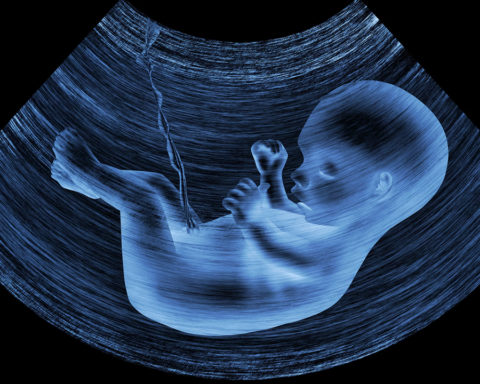A joint project conducted by four Finnish research organisations studied the transport and spread of coronavirus by air. Preliminary results indicate that aerosol particles carrying the virus may remain in the air longer than originally thought. It is therefore important to avoid crowded indoor public spaces. This precaution would also reduce the risk of infection from droplets, which remain the main route of transmission of the coronavirus.
The University of Aalto, the Finnish Meteorological Institute, the Mountain Bike Technical Research Centre of Finland and the University of Helsinki have studied how extremely small aerosol particles emitted from the respiratory tract when coughing, sneezing or even talking are carried through the air. These particles can carry pathogens such as coronaviruses.
Researchers modelled a scenario in which a person coughs in an aisle between two shelves, such as those found in grocery stores, taking into account ventilation. The University of Aalto, the VTT Technical Research Centre of Finland and the Finnish Meteorological Institute each carried out the modelling independently, using the same starting conditions.
The researchers obtained the same preliminary result: in the situation studied, the aerosol cloud spreads outside the immediate vicinity of the coughing person and dilutes in the process. However, this can take up to several minutes. A person infected with the coronavirus may cough and walk away, but then leaves behind very small aerosol particles carrying the coronavirus. These particles, suspended in the air for up to 5/6 minutes, could then end up in the airways of other people nearby, explains the assistant professor at the University of Aalto, Ville Vuorinen.
A supercomputer used for modeling
The project involves some 30 researchers, whose specializations include fluid dynamics, aerosol physics, social networks, ventilation, virology and biomedical engineering. The research is conducted with infectious disease specialists from the Finnish Institute for Health and Welfare.
Air transport and the preservation of droplets leaving the airways were simulated using a supercomputer, and a 3D visualization of the results was then carried out. CSC - Finnish IT Center for Science Ltd. made its supercomputer available to the researchers. Thanks to its high computing capacity and close, multidisciplinary cooperation, the first results were produced in about a week.
Consortium researchers modelled the movement of airborne aerosol particles less than 20 micrometres in size. For a dry cough, which is a typical symptom of today's coronavirus, the particle size is generally less than 15 micrometers. Extremely small particles of this size do not fall to the ground, but rather move in air currents or remain floating in the same place. Studies on influenza A have confirmed that the influenza A virus is found in the smallest particles, which are less than 5 micrometers in size.
The preliminary results obtained by the consortium underline the importance of the recommendations made by almost all the States concerned by the pandemic. The Finnish Institute of Health and Welfare strongly recommends staying at home in case of discomfort and keeping a physical distance from everyone. The instructions also emphasise barrier gestures such as coughing into one's sleeve or into a handkerchief and ensuring good hand hygiene.
The spread of disease through relationships between individuals has been widely studied. Through these patterns of infection, it is known that the spread of a virus can be slowed or even completely suppressed when mobility decreases at "nodal points", i.e. places where many people congregate, such as shops, restaurants and public transport. Avoiding crowded indoor areas reduces the risk of droplet infection when in close proximity to other people, which is currently reported to be the main cause of coronavirus infection.












